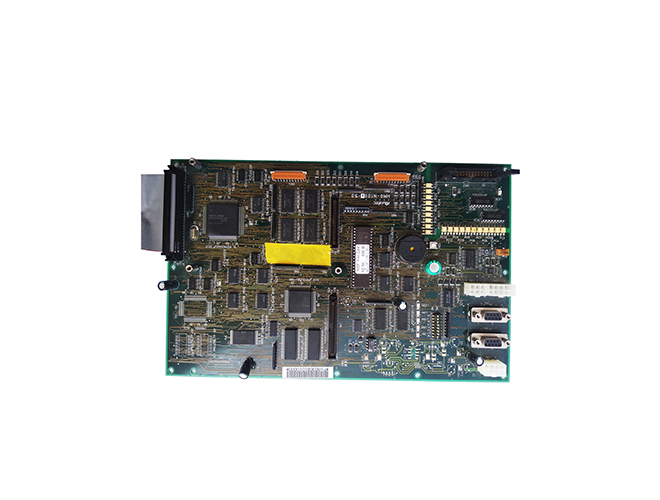-
CN
-
Service Hotline
+8618129931046 Mr. Liao


Time:2025-05-10 Views:1

A printed circuit board (PCB) is a crucial component in modern electronics, serving as the foundation for the assembly and interconnection of electronic components. It is a flat, rigid board made from insulating materials such as fiberglass, epoxy resin, or phenolic paper, on which conductive pathways, called traces, are printed or etched.
The primary function of a PCB is to provide a physical structure for mounting electronic components, such as integrated circuits (ICs), resistors, capacitors, and transistors. These components are soldered onto the board at specific locations, known as pads, which are connected by the traces. The traces act as electrical wires, enabling the flow of electrical signals between the components, allowing them to communicate and work together to perform various functions. For example, in a computer motherboard, the PCB connects the central processing unit (CPU), memory modules, graphics card, and other components, facilitating the transfer of data and power.
PCBs also play a vital role in organizing and protecting electronic circuits. By providing a standardized layout, they make it easier to manufacture, assemble, and maintain electronic devices. The design of a PCB ensures that components are placed in an optimal arrangement, minimizing the length of the traces and reducing the potential for electrical interference. This organized structure helps in reducing the size and weight of electronic products, making them more portable and efficient. For instance, in smartphones, the compact PCB design allows for the integration of numerous components into a small form factor, enabling features like high - resolution displays, powerful cameras, and wireless communication.
In addition to physical support and electrical connectivity, PCBs can also offer mechanical support to the mounted components. Some PCBs are designed with additional features such as mounting holes, standoffs, or heat - sinks to secure the components in place and dissipate heat generated during operation. This is particularly important for high - power components that can overheat if not properly cooled. Overall, PCBs are essential for the functionality, reliability, and miniaturization of electronic devices, and their design and manufacturing processes are constantly evolving to meet the increasing demands of modern technology.